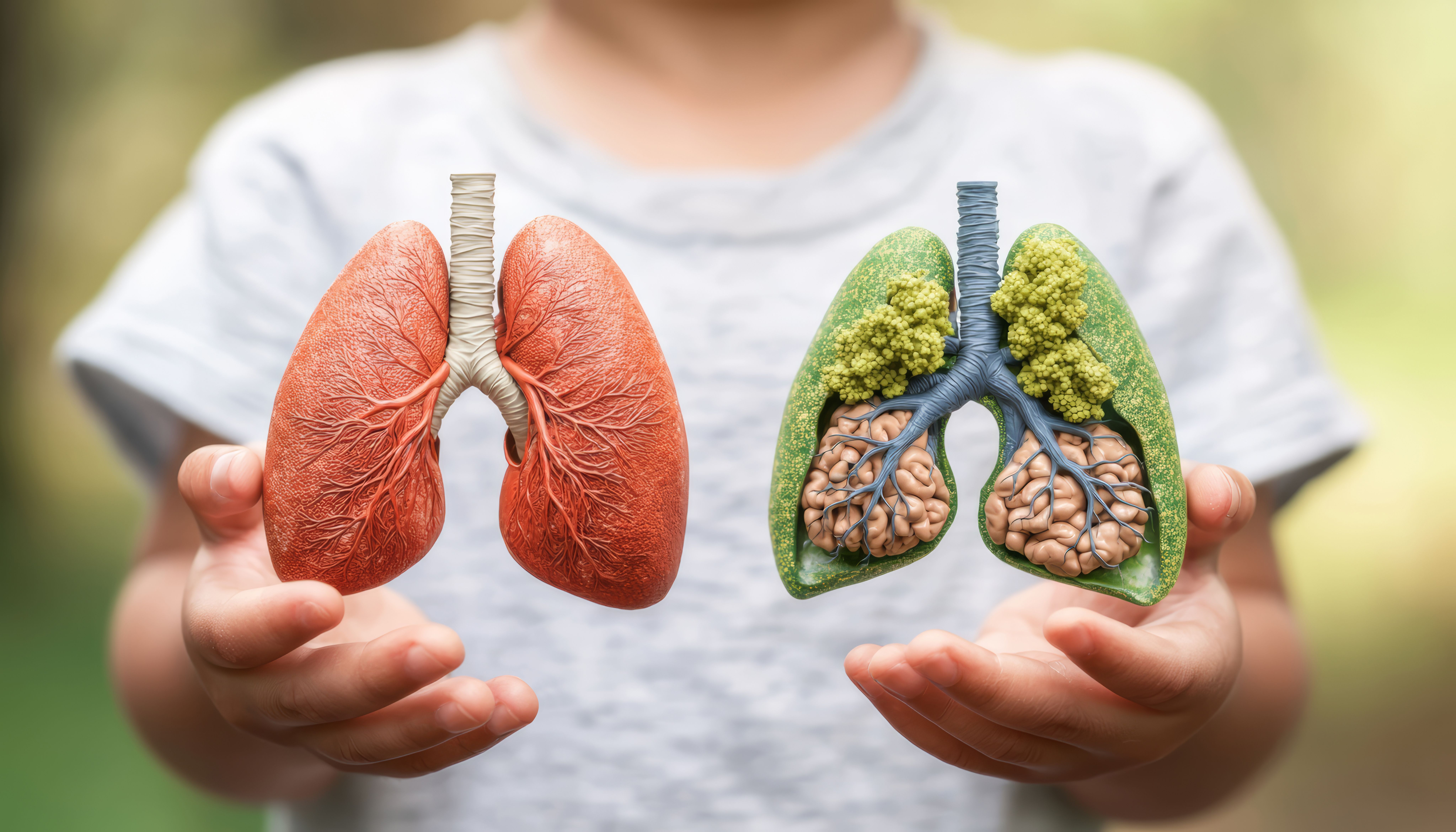Article
Technology's Potential for Patients Still Facing Hurdles, NQF Panelists Say
Author(s):
The challenges with sharing data have more to do with regulations and business models than technology itself, according to the experts.
There’s great potential to improve patient care through telehealth and better use of data, but regulatory barriers and other hurdles remain, panelists said Tuesday during the National Quality Forum’s annual conference.
Henry Wei, MD, Google’s benefits medical director; Bryan Sivak, the former chief technology officer at HHS; Henry DePhillips, MD, chief medical officer at Teladoc; and Vishal Agrawal, MD, chief growth officer and president at Ciox Health, discussed how technology has the potential to disrupt healthcare delivery. Mahesh Krishman, MD, MPH, MBA, group vice president and international chief medical officer at FASN, served as moderator.
Opportunities abound to use technology in ways that help patients—from letting them control the time of the appointment through telehealth, to the instant availability of patient charts through companies like Ciox Health. All these advances are producing electronic data on patient encounter that can be tapped for research—or development of quality measures, the panelists say.
But there are serious policy and regulatory issues—not to mention resistance from those who like the system the way it is. “If you want a great example where innovation and regulation clash, read our world-class lawsuit with the Texas Medical Board,” DePhillips said, referring to litigation Teladoc brought after the state’s regulators passed rules that mandated face-to-face visits before a doctor could use telehealth for an appointment.
“The healthcare industry has been provider-centric for centuries,” Wei said. He noted how technology has disrupted other industries already, and healthcare is one of the last to change. “Walmart made shopping more efficient,” he said. “But Amazon really changed how you shop.”
The availability of datasets doesn’t mean that data easily “talk” to each other—this is an area that needs work, the panelists said. Sivak said, for example, that until now, measures have been largely based on clinical information that healthcare is accustomed to gathering. It’s time, he said, for socioeconomic data to be part of the mix, because factors like income and job status have a huge impact on outcomes. Healthcare, he said, must figure out “how to capture that data and use that data in terms of the quality of care.”
The availability of data makes it possible for quality measures and research to be based on very current information, but there are significant policy issues involving patient privacy. Google was recently criticized for an agreement to use a dataset from the United Kingdom’s National Health Service, which did not require Google to get permission from individual patients whose health information is included. In the United States, the Health Insurance Portability and Accountability Act (HIPAA) puts limits on data sharing, but the panelists pointed to instances when this can work against patients. Barriers to sharing information about a substance abuse disorder, for example, can make it challenging to develop quality measures in this area.
Agrawal said there’s a need for a “bridge” between HHS’ Office of Civil Rights and the Office of the National Coordinator of Health IT. “We haven’t developed a regulatory framework for this.”
“The balance between access and privacy is huge,” said Wei. “That balance is going to be stress tested hard in the very near future.”
Are quality measures different when technology drives care? DePhillips said, “Telehealth is not a separate practice of medicine … It should not be measured differently.”
Sivak said the hurdles are largely not related to technology itself, but to rules and practices that dictate how data are used. “The challenge is really [with] the business models,” he said, especially cases “when business models require data to be held within an institution.
“As soon as the business models change to allow for data to be shared to impact bottom lines, you’re going to start to see that being a very powerful force.”
Newsletter
Stay ahead of policy, cost, and value—subscribe to AJMC for expert insights at the intersection of clinical care and health economics.




